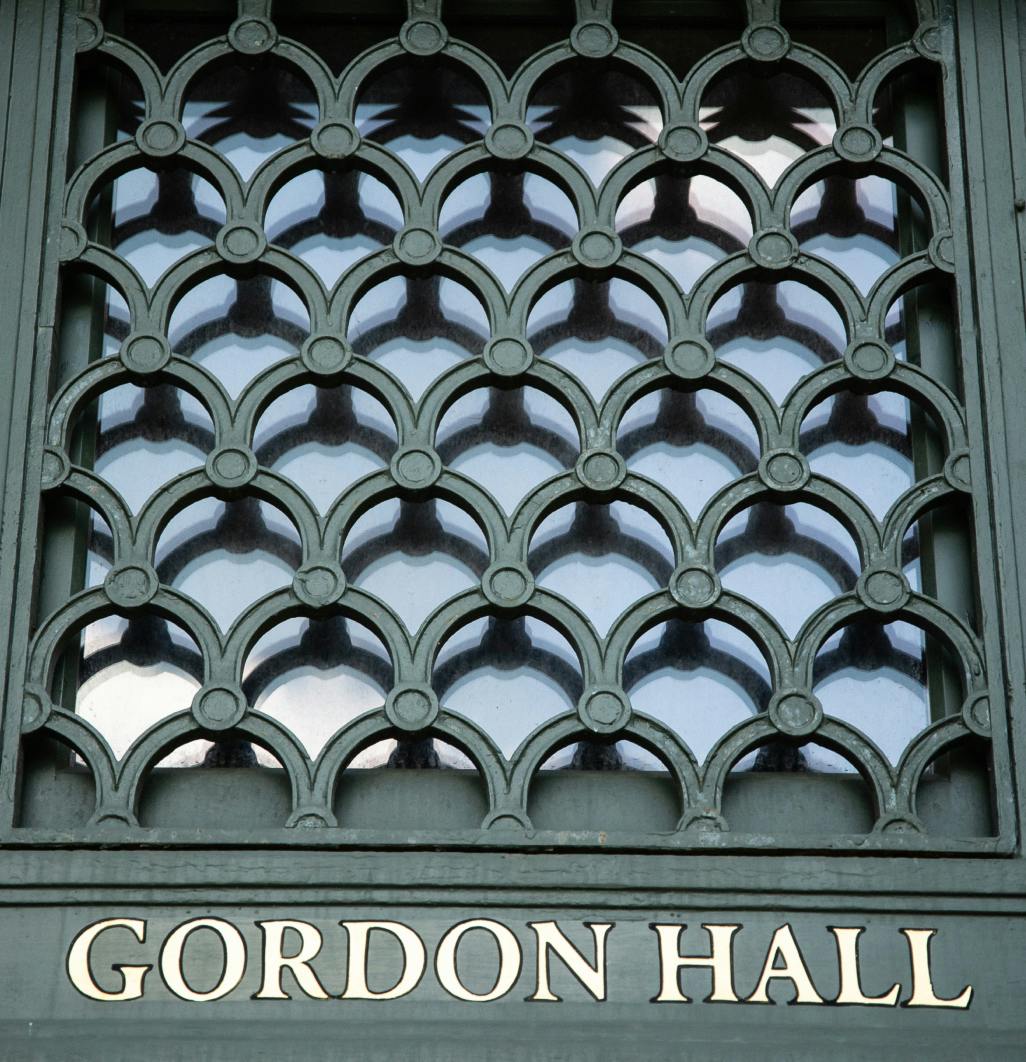Facial palsy, characterized by the weakness or paralysis of facial muscles, often leads to facial asymmetry when the face is at rest or when making various facial expressions.
Unlocking Facial Harmony: The Benefits of Static Suspension
Static Suspension is a revolutionary surgical technique employed in facial rejuvenation that offers a plethora of benefits. This procedure restores not only your youthful appearance but also the natural balance and symmetry of your face. By addressing sagging skin, loss of facial volume, and deep wrinkles, Static Suspension results in a refreshed and harmonious visage. It's a minimally invasive technique that reduces downtime, providing quicker recovery and lasting, natural-looking results. Say goodbye to the signs of aging and hello to a revitalized, more youthful you with the transformative benefits of Static Suspension.





